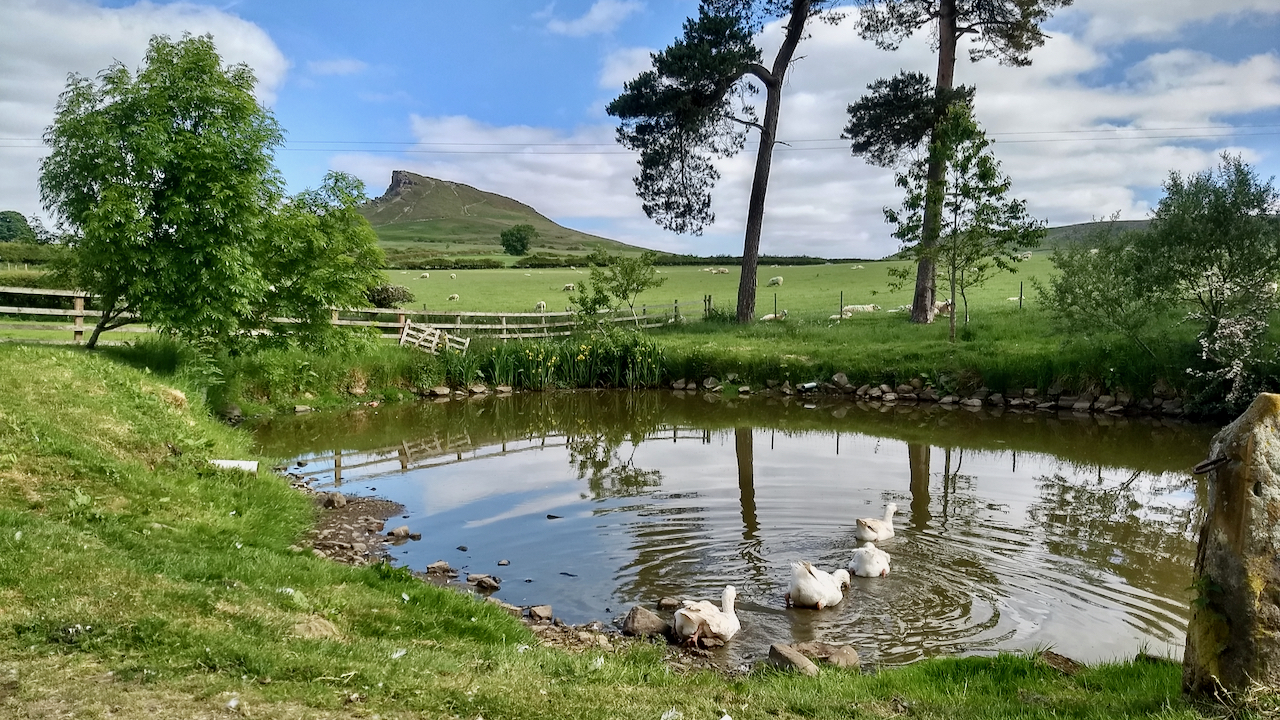At a quarter past seven on the evening of 15th June 1920, the world-famous soprano Dame Nellie Melba made history by singing across the airwaves in a live broadcast from the Marconi Company’s site in Chelmsford, Essex1Wikipedia Contributors. 2021. “Nellie Melba,” Wikipedia (Wikimedia Foundation) <https://en.wikipedia.org/wiki/Nellie_Melba#:~:text=On%2015%20June%201920%2C%20Melba,participate%20in%20direct%20radio%20broadcasts.> [accessed 14 June 2021].
Whilst she was not the first person to broadcast her voice, Dame Nellie was the first professional singer, having been paid a fee of £1,000 (worth about £45,000 in today) sponsored by the Daily Mail.
Guglielmo Marconi had come to England in 1898, and established himself developing machines to send messages via Morse code for ship and transatlantic communication. His equipment was on board the Titanic when it sank. He was more enthusiastic about the new medium for person to person communication but was persuaded to try this experiment in mass entertainment, by Arthur Burrows, his head of publicity2By Nic Rigby. 2020. “Marconi Radio Broadcast That ‘Changed the World’ to Be Recreated,” BBC News (BBC News) <https://www.bbc.co.uk/news/uk-england-essex-52971057> [accessed 14 June 2021].
The studio at Chelmsford was a disused packing shed and, when Burrows showed Dame Nellie the 450ft radio masts, she is reputed to have said, “Young man, if you think I am going to climb up there, you are greatly mistaken.”
Dame Nellie, then 59, could not be more famous. She was a prima donna, a diva, and was often referred to as “the Australian nightingale”. Peach Melba, the dessert, was named after her. Her programme, which lasted half an hour and which she was accompanied by a small grand piano, comprised:
-
-
- “Home, Sweet Home,” in English.
- A song from “La Boheme,” in Italian.
- “Nymphes et Silvains,” in French.
-
The broadcast was made on the 2,800-metres wave-length and could be picked up by stations within a thousand-mile radius, including Madrid, Christiania, Berlin, Stockholm, Warsaw, Paris, and Rome. The Daily Mail provided advance publicity including listing which ships would be in range during the broadcast. At the Imperial War Museum, then at Crystal Palace, a ‘wireless telephone set‘ was set up for the public to listen in3“To-Night’s Concert into Space.” Daily Mail, 15 June 1920, p. 7. Daily Mail Historical Archive, link-gale-com.ezproxy.is.ed.ac.uk/apps/doc/EE1863217314/GDCS?u=ed_itw&sid=bookmark-GDCS&xid=c2c9b3e4. Accessed 14 June 2021..
The broadcast was a huge success and captured the public but the Government were reluctant, fearing it would interfere with military and civil communications. However, inundated by requests for licences, and aware of the rapid take up in America, the BBC was set up two years later4Wikipedia Contributors. 2021. “BBC,” Wikipedia (Wikimedia Foundation) <https://en.wikipedia.org/wiki/BBC#The_birth_of_British_broadcasting,_1920_to_1922> [accessed 15 June 2021].
- 1Wikipedia Contributors. 2021. “Nellie Melba,” Wikipedia (Wikimedia Foundation) <https://en.wikipedia.org/wiki/Nellie_Melba#:~:text=On%2015%20June%201920%2C%20Melba,participate%20in%20direct%20radio%20broadcasts.> [accessed 14 June 2021]
- 2By Nic Rigby. 2020. “Marconi Radio Broadcast That ‘Changed the World’ to Be Recreated,” BBC News (BBC News) <https://www.bbc.co.uk/news/uk-england-essex-52971057> [accessed 14 June 2021]
- 3“To-Night’s Concert into Space.” Daily Mail, 15 June 1920, p. 7. Daily Mail Historical Archive, link-gale-com.ezproxy.is.ed.ac.uk/apps/doc/EE1863217314/GDCS?u=ed_itw&sid=bookmark-GDCS&xid=c2c9b3e4. Accessed 14 June 2021.
- 4Wikipedia Contributors. 2021. “BBC,” Wikipedia (Wikimedia Foundation) <https://en.wikipedia.org/wiki/BBC#The_birth_of_British_broadcasting,_1920_to_1922> [accessed 15 June 2021]

Leave a Reply